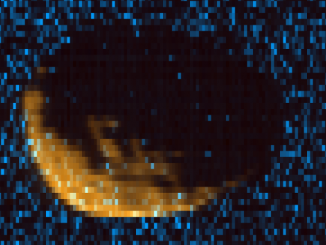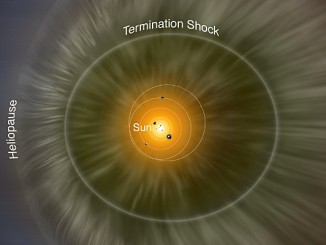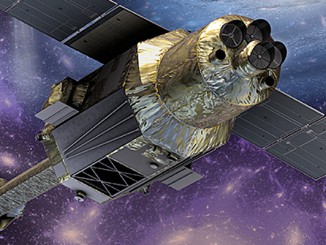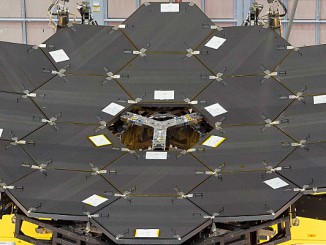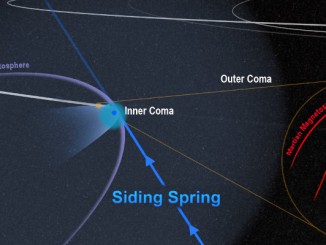
Close comet flyby threw Mars’ magnetic field into chaos
The close encounter between comet Siding Spring and Mars in October 2014 flooded the planet with an invisible tide of charged particles from the comet’s coma, according to data from NASA’s Mars Atmosphere and Volatile Evolution (MAVEN) spacecraft. The comet’s powerful magnetic field temporarily merged with, and overwhelmed, the planet’s weak field.



